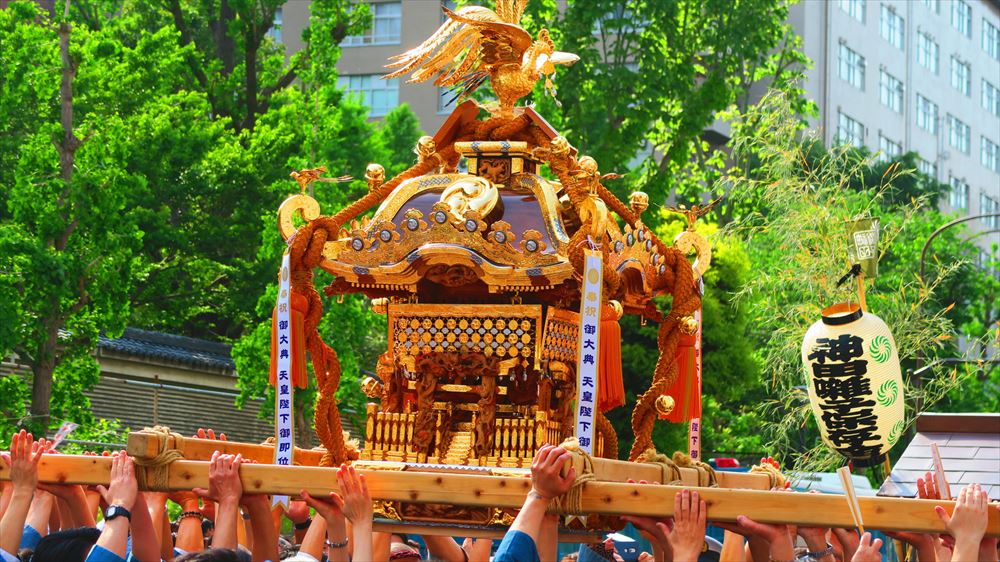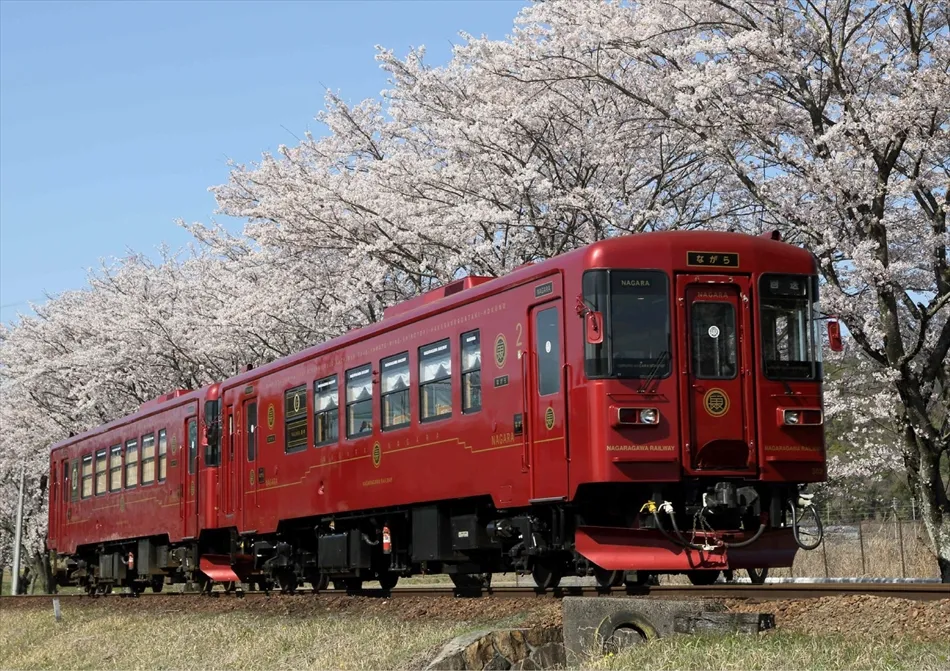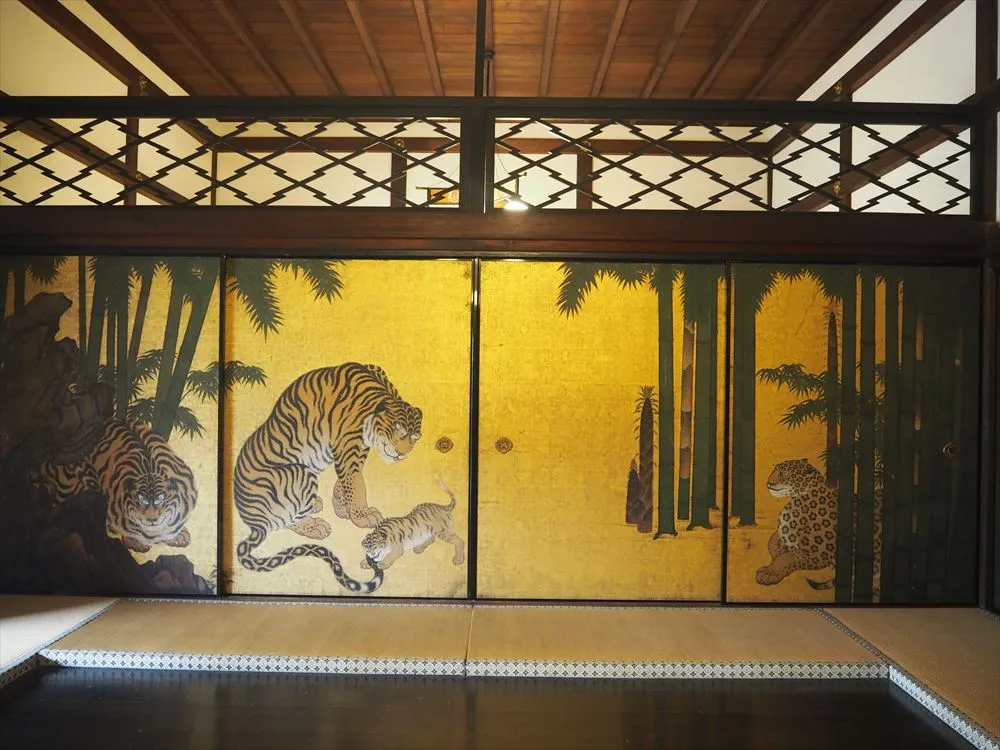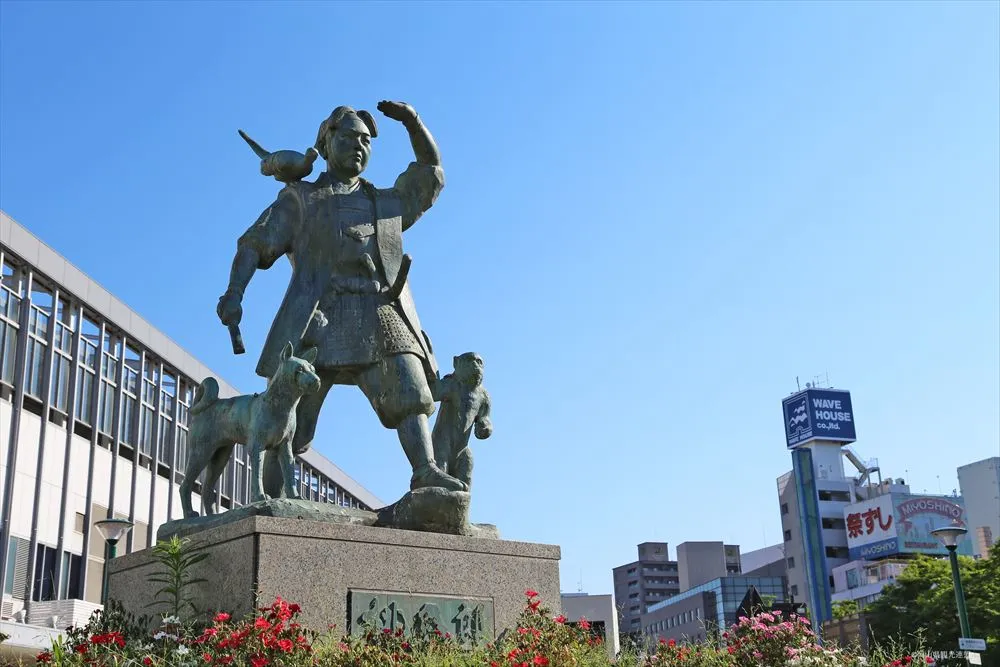TAKAYAMA
TAKAYAMA

In terms of both history and geographical location Takayama is a rather special town. Surrounded by the Hida Mountains that act to isolate the town, the town retains a feel of the now old Edo culture and Kyoto traditions; in part due to its being ruled directly from Edo (the old name for Tokyo) by the then Shogunate, but also due to the existence of powerful and wealthy merchants in the area during this now past era, streets and buildings as they once looked today remain in almost the same state they would have appeared during the Edo period.
The History of Takayama
A castle town of old, there was once a three tiered castle on the hill in the eastern part of the town. Known as Takayama Castle, it was built by Kanamori Nagachika after he attacked and overran the isolated Hida domain having been ordered to do so by Toyotomi Hideyoshi in 1585. Thereafter, as the first lord to reside in Takyama Castle he developed the area round the castle and built streets that ran, and still run, north – south parallel to the Miyagawa River. Coupled with this, he established warrior residential areas at the entrance of each major street and a town was born. Framed then by the Miyagawa and the Enagogawa, these rivers act just like natural moats and were a long standing defensive feature of Takayama. Streets heading towards the Kansai, Kanto and Hokuriku regions were also developed at this time.
The first main towns built by Nagachika include Ichino-machi, Nino-machi and Sanno-machi. These three towns, usually called San-machi (meaning three towns) were the areas the powerful merchants and traditional craftsmen of the time prospered.
With Hida domain becoming the shogun’s own manorial lands in 1692, the former lord moved to the Tohoku region in northern Japan and Takayama Castle was destroyed. The samurai residences were bought up tradesmen and artisans and a one time castle town developed into a town of tradesmen and artisans. One reason Hida changed hands was the Edo Shogunate’s need for timber following a massive fire in Edo in 1657 that claimed one hundred thousand victims and destroyed much of the city.
“Jinya” was used as governmental offices and a residence for the staff who managed the Hida area, mainly its forests, so valued by the shogunate. Timber to be used in building was floated downstream to a collection point and rafts of timber were then floated to Shiratori Port in Nagoya or Kuwana Port in Mie Prefecture before being sent on to Edo.
Beautiful latticed houses once used by the artists and merchants remain today to the east of the Miyagawa River. The trades-folk who did business at the center of the shogun’s estates lived in the San-machi area and traded commodities such as green tea, tobacco, used and specialty products including lead, niter and lacquer ware.
Kami-Sanno-machi
Kami-sanno-machi retains much of its original atmosphere and has been designated an area of preservation due to it having some of the nation’s most important traditional buildings. The town in the early 21st century is much the same as it was when Lord Kanamori Nagachika first laid the foundations. Although only around 400 meters in length, the town is host to some very old and extremely well-established restaurants, traditional crafts shops, souvenir shops and museums making a walk along the main street enjoyable for all.
The hill to the south of Kami-Ichino-machi is known as Shiroyama and was the peak once home to Takayama Castle. Central Japan mountains in the 3000m range; Mt. Norikuradake, Mt. Yarigatake, Mt. Hotaka and Mt. Hakusan can be seen from Shiroyama as can the whole of the town.
Teramachi, an area to the east of the town was established to resemble the Higashiyama area of Kyoto. Temples associated with the Kanamori family were constructed during the Sengoku-era (c. 15th – 16th century) and the later Edo era (1603-1867). The path from the northernmost temple to Shiroyama to Hida Gokoku Shrine is known as Higashiyama Promenade and is lined with various plants and trees representative of the area’s natural habitat.
Takayama Jinya (An Historical Government House)
Takayama Jinya is located near Naka-bashi Bridge with its large eye-catching gate. A site of historical national importance it tells the tale of Takayama’s history at the time it was ruled directly by the Edo Shogunate. Jinya is an all encompassing name meaning office, officers’ residences, storehouses and gate. The Takyama Jinya is Japan’s only remaining such building and contains a 49 tatami mat room, an interrogation room, a magistrate’s office, a living room, a reception room, a picturesque garden and a rice store. Modern day visitors can tour with a guide at no charge. (taking around 1 hour.) For an English speaking guide, appointments are highly recommended.
Hida Kokubunji Temple
Hida-Kokubunji Temple was built in 746AD (during Japan’s Nara period) to pray for the nation’s peace and prosperity. The three-storied pagoda now on the site is an Edo period reproduction of the original.
Asaichi (Morning Markets)
Morning market shops stand side by side in the square in front of the Jinya. Muddy vegetables gathered that very morning, flowers and pickles are sold. Sarubobo, a little red doll shaped like a young monkey and wearing a bib are also sold. The sarubobo is made by local women for their children.
At roughly the same time the Miyagawa morning market is held on the street running beside the Miyagawa River from Kaji-bashi Bridge. Local craftwork is sold alongside fruits and vegetables.
Both markets open up about 6am and are shutting shop by noon.
Around Sakurayama Hachimangu Shrine
Sakurayama Hachimangu Shrine is worshipped locally as a guardian deity that guards the north eastern approaches to Takayama (the direction from which evil spirits were believed to approach). The shrine’s majestic pavilions are made of hinoki (Japanese cypress) and are surrounded by old cedars. During its autumn festival, floats are paraded here and the sight of these floats as they approach the shrine is the highlight of the festival.
The Yatai Kaikan exhibits 4 of 11 floats in rotation at the annual autumn festival and visitors can study in detail the Takayama Festival. 300 inro (medicinal pillboxes) are displayed at the nearby Inro Museum. An inro, originally hung from the waistband, became a luxurious accessory carved and decorated with gold lacquer and cloisonné enamel during the Edo period. The artwork that goes into producing these pieces attracts a steady stream of visitors.
Most of the ujiko (shrine parishioners) of old at the Hachimangu Shrine were the richest merchants in Takayama. Kusakabe Mingei-kan (Kusakabe Heritage House) and Yoshijima-ke (Yoshijima Heritage House) belonged to these merchants and details evident in these grandiose houses show off the traditional skills of Hida from days gone by.
As well as supporting the shrine, these merchants also provided support for the Takayama Festival.
The local Shishi Kaikan (Lion Dance Ceremony Exhibition Hall) displays shishi-gashira (wooden lion masks) used in the shishimai lion dance in past centuries and other festival related materials from around the nation are also displayed. Traditional karakuri doll performances are held several times an hour.
Very much a local effort, many craftsmen famous for their work on the floats have lived for generations around the shrine area and their own support of the festival stands proudly beside that of the local merchants and their financial contributions. Engravers, painters of the shunkei-nuri lacquer wear and furniture upholsterers are trades that can still be found practiced around this area.
Takayama Festival
Takayama Matsuri Festival is the name of both the Sanno Festival in spring and the Hachiman Festival in autumn. Locals in Takayama, glad to see the approach of spring following a long winter see the tree buds start to open and celebrate in the form of the Sanno Festival while the Hachiman Festival is held when autumn leaves change their color and winter approaches once more.
12 floats are paraded at the Sanno Festival, the annual festival of Hie Shrine held on April 14th and 15th. The Hachiman Festival is the annual October 10th and 11th festival of Sakurayama Hachimangu Shrine in which 11 floats parade around town. The Takayama Festival is considered one of the three major festivals in terms of beauty alongside the Gion Matsuri in Kyoto and the Chichibu Yomatsuri in Saitama.
The floats are the highlight of the festival and local merchants compete to provide funds to create the best looking float. The skills of local craftsmen produce these majestic floats having been supported by such funds.
The floats are the highlight of the festival and local merchants used to compete to provide funds to create the best looking float. The skills of local craftsmen produced these majestic floats having been supported by such funds.
The Crafts of Takayama
“Hida no Takumi” is a famous term to describe the traditional crafts and skills of Takayama. Such skills are seen at the wooden Kusakabe Mingei-kan and Yoshijima-ke and in the carvings of the Takyama Festival where floats are adorned with splendid carvings and elaborate “karakuri” dolls.
Other locally produced goods center on the tea ceremony, popular in Takayama since the time of Lord Kanamori and shunkei-nuri lacquer ware as used for tea utensils is a well known specialty product of Takayama.
Citizens’ Culture
The merchants of Takayama once flourished as the economy boomed during the years around the mid-Edo period. This boosted the status of Takayama and it was once the largest town in the district. While merchants traded in specialty goods: lead, niter, rice, string and cotton used in clothing, they often ran money lending businesses as well. A method of business that distributed income to branches of the same family when times were good, it helped gain control of the best lands and establish stronger and stronger business credentials for the area.
This business acumen on the part of the Takayama citizens resulted in the 23 floats of the Takayama Festival, an annual event believed modeled after the Edo festivals of the time that gradually evolved into emulating the Gion Matsuri in Kyoto. Takayama residents boasted floats decorated with elaborate carvings and “karakuri,” not unlike a “moving Yomeimon (gate)” (the famous and luxuriously designed gate at the shrine to Tokugawa Ieyasu in Nikko, Tochigi Prefecture).
Hida-no-Sato (Hida Folk Village)
Hida-no-Sato is located at the foot of Mt. Matsukurayama to the west of Takayama City and takes approximately 10 minutes from JR Takayama Station by bus. A unique sightseeing place, it features some 30 or so period houses gathered from around the Hida District and includes Gassho-zukuri houses, in this number. Four of the houses, the Wakayama house in Shokawa village and the Taguchi house in Kanayama town being two, are important cultural assets and represent the Hida villages of yore.
A tourist information stand in the front of Takayama Station provides brochures in Chinese, English Korean.
Local Dishes
Hoba-yaki is a local dish of meat and vegetables in locally produced miso, grilled and served on hoba (magnolia) leaves.
The combination of the miso and the leave’s natural scent is particularly appetizing and another local specialty, Hida-gyu beef, is especially famous for its own delicious taste and tender finish.
| Access | 【1】 From JR Tokyo Station to JR Nagoya Station: 2h by bullet train. JR Nagoya Station to JR Takayama Station: 2h 20 mins by super express. 【2】 From Shinjuku Station (Tokyo) to Takayama Station: 5h 30 mins by express bus. 【3】 From the new Central Japan International Airport (Centrair) to JR Nagoya Station: 30mins by Meitetsu Line. JR Nagoya Station to JR Takayama Station: 2h 20 mins by super express. |
| URL | https://www.hida.jp/english/ |







